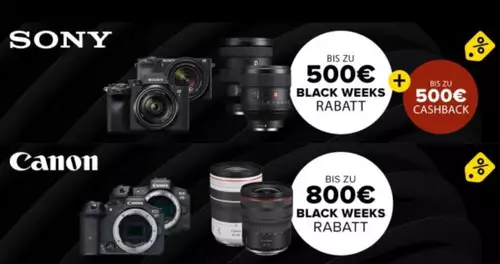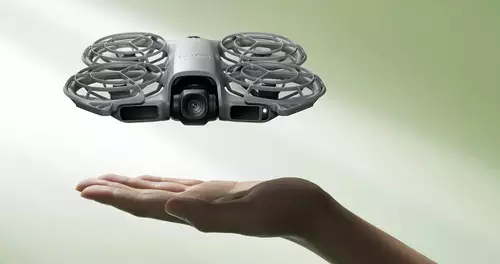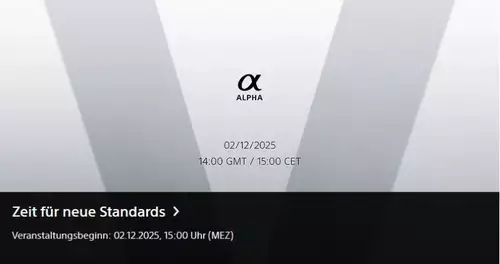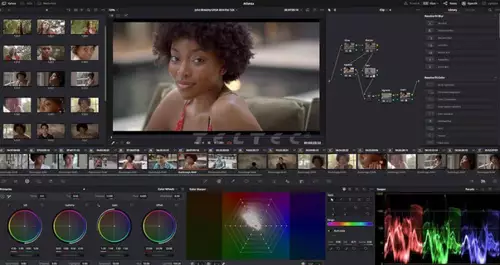Frage von Frank Glencairn:Ganz interessant, schau mer mal, was dabei raus kommt.
The 9 perspectives that are recorded with the K|Lens One on the sensor work through the parallax effect. You can think of it as closing and opening your right and left eye alternately, and seeing how objects in your vision seem to change position. With the K|Lens One, the closer an object is to the camera (or away from your eye in our example), the more it “jumps” back and forth compared to the background. We use this principle mathematically to calculate the depth of each pixel in your images.
https://www.k-lens-one.com/en/home?fbcl ... iMy7y4AkHA
Antwort von ruessel:
Der dritte Versuch = Totgeburt.
2015:
Antwort von TheBubble:
Sicher, dass die Linse ein Upgrade zu einer echten Light Field camera sein soll, oder nur eine Methode mit existierenden Kameras einen Tiefenkanal zu berechnen?
Antwort von Jott:
So wie ich‘s quergelesen habe, wirft die Optik neun Bilder auf den Sensor, die sich leicht unterscheiden (Parallaxe). Daraus kann man dann leicht Tiefeninformationen berechnen oder 3D-Filme ausgeben. Okay.
Natürlich dann nur in einem Neuntel der eigentlichen Auflösung des Kamerasystems. Die durch KI („Superresolution“) dann wieder hochgerechnet werden kann.
Hm.
Antwort von slashCAM:
Wir hatten bereits vor 3 Jahren über die K|Lens berichtet, ein spezielles Objektiv, mit dessen Hilfe mit praktisch jeder Kamera Photo- und Video-Lichtfeld-Aufnahmen erst...
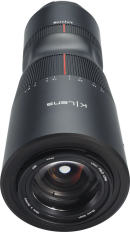
Hier geht es zur Newsmeldung auf den slashCAM Magazin-Seiten:
K-Lens One Objektiv beschert jeder Kamera Tiefendaten für Photos und Videos


